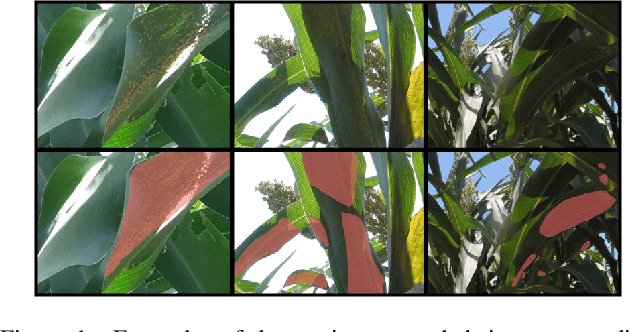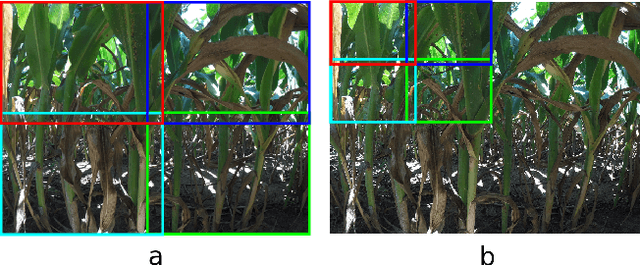Raiyan Rahman
VisText-Mosquito: A Multimodal Dataset and Benchmark for AI-Based Mosquito Breeding Site Detection and Reasoning
Jun 17, 2025Abstract:Mosquito-borne diseases pose a major global health risk, requiring early detection and proactive control of breeding sites to prevent outbreaks. In this paper, we present VisText-Mosquito, a multimodal dataset that integrates visual and textual data to support automated detection, segmentation, and reasoning for mosquito breeding site analysis. The dataset includes 1,828 annotated images for object detection, 142 images for water surface segmentation, and natural language reasoning texts linked to each image. The YOLOv9s model achieves the highest precision of 0.92926 and mAP@50 of 0.92891 for object detection, while YOLOv11n-Seg reaches a segmentation precision of 0.91587 and mAP@50 of 0.79795. For reasoning generation, our fine-tuned BLIP model achieves a final loss of 0.0028, with a BLEU score of 54.7, BERTScore of 0.91, and ROUGE-L of 0.87. This dataset and model framework emphasize the theme "Prevention is Better than Cure", showcasing how AI-based detection can proactively address mosquito-borne disease risks. The dataset and implementation code are publicly available at GitHub: https://github.com/adnanul-islam-jisun/VisText-Mosquito
Kitchen Food Waste Image Segmentation and Classification for Compost Nutrients Estimation
Jan 26, 2024Abstract:The escalating global concern over extensive food wastage necessitates innovative solutions to foster a net-zero lifestyle and reduce emissions. The LILA home composter presents a convenient means of recycling kitchen scraps and daily food waste into nutrient-rich, high-quality compost. To capture the nutritional information of the produced compost, we have created and annotated a large high-resolution image dataset of kitchen food waste with segmentation masks of 19 nutrition-rich categories. Leveraging this dataset, we benchmarked four state-of-the-art semantic segmentation models on food waste segmentation, contributing to the assessment of compost quality of Nitrogen, Phosphorus, or Potassium. The experiments demonstrate promising results of using segmentation models to discern food waste produced in our daily lives. Based on the experiments, SegFormer, utilizing MIT-B5 backbone, yields the best performance with a mean Intersection over Union (mIoU) of 67.09. Class-based results are also provided to facilitate further analysis of different food waste classes.
On the Real-Time Semantic Segmentation of Aphid Clusters in the Wild
Jul 17, 2023



Abstract:Aphid infestations can cause extensive damage to wheat and sorghum fields and spread plant viruses, resulting in significant yield losses in agriculture. To address this issue, farmers often rely on chemical pesticides, which are inefficiently applied over large areas of fields. As a result, a considerable amount of pesticide is wasted on areas without pests, while inadequate amounts are applied to areas with severe infestations. The paper focuses on the urgent need for an intelligent autonomous system that can locate and spray infestations within complex crop canopies, reducing pesticide use and environmental impact. We have collected and labeled a large aphid image dataset in the field, and propose the use of real-time semantic segmentation models to segment clusters of aphids. A multiscale dataset is generated to allow for learning the clusters at different scales. We compare the segmentation speeds and accuracy of four state-of-the-art real-time semantic segmentation models on the aphid cluster dataset, benchmarking them against nonreal-time models. The study results show the effectiveness of a real-time solution, which can reduce inefficient pesticide use and increase crop yields, paving the way towards an autonomous pest detection system.
 Add to Chrome
Add to Chrome Add to Firefox
Add to Firefox Add to Edge
Add to Edge